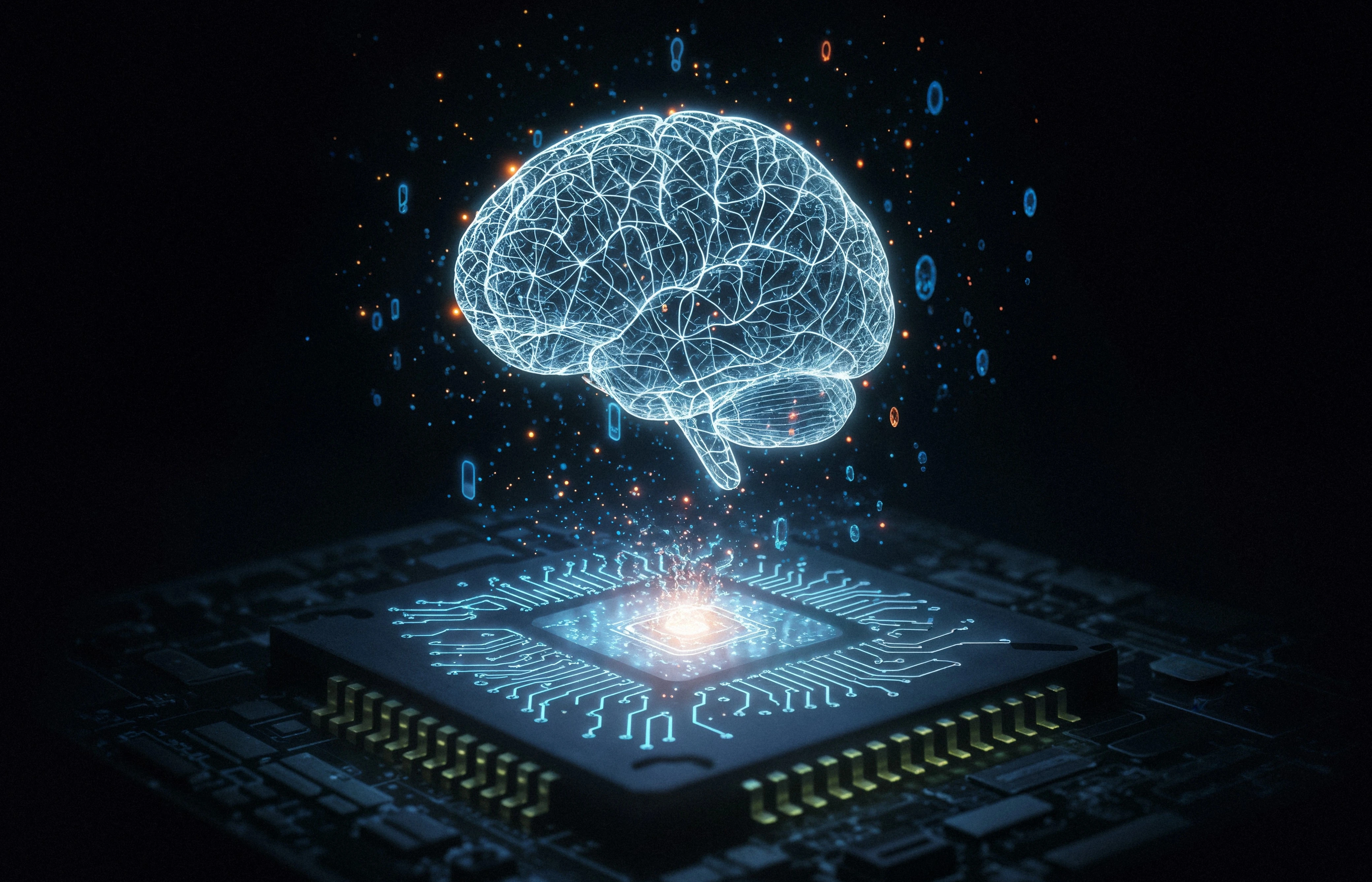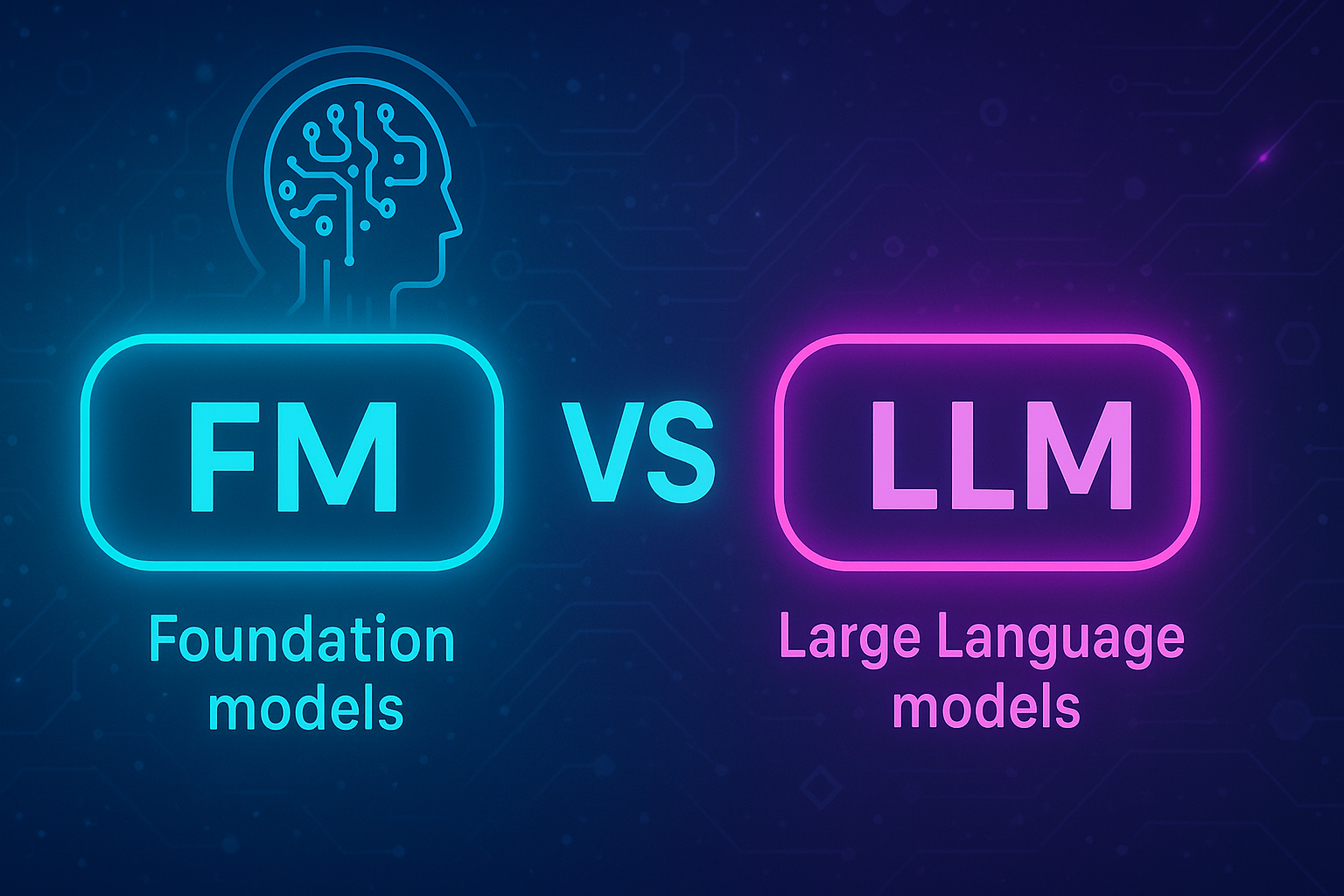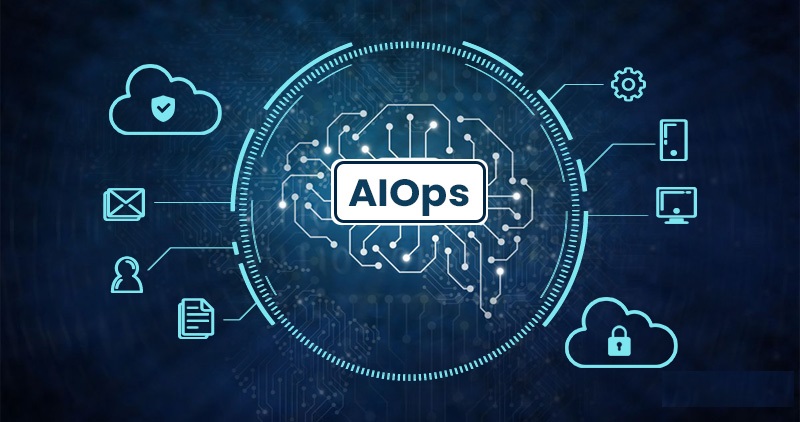Self-Tuning AI: A Smarter, Leaner, Adaptive Future of Artificial Intelligence

Table of Contents
Artificial Intelligence (AI) is moving beyond big models and static configurations. The trend that's coming is Self-Tuning AI - where AI can adjust its own performance 'on the fly' with minimal or no human involvement at all. Existing systems constantly require developers to hand-tune hyperparameters, data pipelines, and learning algorithms, while self-tuning models can on-the-fly adjust to varying circumstances or additional data. This transition catalyzes new opportunities in finance, retail, healthcare, and enterprise automation.
In this blog, we will untangle what Self-Tuning AI really is, how it operates, how it stacks up against LLMs and LRMs, and explore three major use cases across vertical markets.
What Is Self-Tuning AI?
Self-Tuning AI: Systems that can modify their own internal parameters, architectures or even learning strategies in response to data, task, or environmental fluctuations. The aim is to keep performance at its best in dynamic conditions or under changing workloads - without requiring a data scientist to step in.
This concept borrows from the principles of autoML, reinforcement learning, neural architecture search (NAS), and meta-learning, but goes one step further by embedding real-time adaptability into deployed models.
Key Characteristics:
- Dynamic Optimization: Adjusts learning rates, dropout, model weights, or loss functions dynamically
- Continuous Learning: Trains incrementally from streaming data or user interaction
- Feedback Loops: Uses feedback from performance metrics (e.g., latency, accuracy, ROI) to self-correct
- Autonomy: Reduces or removes the need for manual model retraining or fine-tuning
How Self-Tuning AI Works
Self-Tuning AI systems rely on a combination of methods that work in harmony:
1. Monitoring Layer
- Observes model behavior (e.g., performance, drift, error rate)
- Uses metrics like A/B test results, latency, throughput, or even real-time business KPIs
2. Policy Engine / Controller
- Based on observed data, decides how the model should adapt
- Can use techniques like Reinforcement Learning (RL), Bayesian Optimization, or rule-based control
3. Execution Layer
- Performs the actual tuning: e.g., adjusting hyperparameters, swapping out sub-models, or changing optimization algorithms
- Often uses a containerized microservice architecture to isolate and update components without downtime
4. Data Feedback Loop
- Uses streaming data or user interactions to incrementally retrain or fine-tune models in a secure sandboxed environment
- Can operate in batch, mini-batch, or real-time modes
Put more plainly, consider a marketing recommendation engine that not only adds or subtracts new products based on customer behavior, but actually changes the way it calculates what customers want in order to account for newly cropping up trends, all without the need of human analyst.
Use Case 1: Dynamic Pricing in E-commerce
Business Domain: Retail & E-Commerce
Challenge: Product prices must be updated on an online store based on how competitors are pricing, or demand flow at different times of the day or year or based on stock levels.
Self-Tuning AI Benefit:
- Continuously tunes price-optimization models based on real-time competitor feeds and user clickstream data
- Adapts promotional strategies based on customer sensitivity and historical performance
- Enables autonomous A/B testing and refines strategies without human-in-the-loop
Impact:
- Increases margin by 10–20%
- Improves customer retention through dynamic loyalty pricing
- Minimizes human intervention for daily price adjustments
Use Case 2: Predictive Maintenance in Manufacturing
Business Domain: Industrial IoT / Manufacturing
Challenge: Equipment Breakdowns can stop you in your tracks. Conventional predictive maintenance ML models need to be retrained manually if the behavior of the equipment changes, or when new types of machines are added.
Self-Tuning AI Benefit:
- Continuously updates the failure-prediction model as new sensor data and operational conditions change
- Learns and adjusts thresholds for vibration, temperature, or acoustic anomalies automatically
- Works across varied equipment without the need for creating new static models
Impact:
- Reduces equipment failure rate by 30–40%
- Increases machine utilization and production uptime
- Cuts data science costs as manual retraining becomes unnecessary
Use Case 3: Personalized Learning in EdTech Platforms
Business Domain: Education Technology
Challenge: Each learner learns at a different speed and at different level of comprehension, as well as through different learning styles.
Self-Tuning AI Benefit:
- Dynamically adjusts quiz difficulty, content sequencing, and feedback loops based on learner performance
- Continuously learns from engagement and feedback patterns to refine content delivery strategies
- Reduces drop-off rates by aligning learning paths with student behavior
Impact:
- Improves course completion rates by up to 50%
- Enhances user satisfaction through tailored learning experiences
- Enables scaling personalization without linear increase in resources
Comparison: Self-Tuning AI vs. LLMs and LRMs
| Feature | Self-Tuning AI | LLMs (e.g., GPT-4) | LRMs (Large Retrieval Models) |
|---|---|---|---|
| Model Adaptability | High – learns & adjusts post-deployment | Low – mostly static post-training | Medium – can re-rank or retrieve, not learn |
| Human Intervention Needed | Minimal | Moderate to High | Moderate |
| Model Size | Usually compact to medium | Very large (billions of parameters) | Large |
| Real-time Adjustments | Yes | No | Limited |
| Cost of Training | Lower | Very High | High |
| Use-case Specificity | High (fine-tuned to use case) | General-purpose | Retrieval-focused |
Comparison of AI Model Types
LLM and LRM are good for general natural language understanding or retrieval, but self-tuning AI is probably a better way to go for realtime philtrum decoupling, context-aware personalization, or airborne robot control systems.
Designing a Self-Tuning AI System
Design Principles:
- Modular Microservices: To isolate tuning logic from core ML inference
- Model Monitoring Stack: Using tools like Prometheus, Grafana, or custom dashboards
- Feedback Controllers: Reinforcement learning or Bayesian models
- Incremental Learning Pipeline: For continuous fine-tuning on new data
Cost Comparison:
| Component | Self-Tuning AI | LLM/Foundational Model |
|---|---|---|
| Initial Training Cost | Medium | Very High (GPU clusters) |
| Inference Cost | Low to Medium | High (token-heavy models) |
| Adaptation Cost | Low | Very High (needs retraining) |
| Infrastructure | Edge-compatible | Cloud/GPU-centric |
| DevOps Complexity | Medium | High |
Cost and Infrastructure Comparison
Conclusion: Self-Tuning AI is economically advantageous for scenarios that have need for continuous adaptation (on the fly), particularly when retraining big models is not feasible multiple times.
Final Thoughts
Self-Tuning AI is a significant step forward for what has to date been largely situational AI and the new norm for how AI systems will autonomously perform and maintain their relevance in the real world. And while it's not meant to replace big underlying models, it adds situational awareness and the ability to respond quickly in the moment. For business cases which require adaptability, knowledge of the context, and the return of investment (ROI) in AI systems, self-tuning models can be considered a viable and cost-effective technology.
With the advancement of edge computing, real-time analytics, and autoML, self-tuning AI is probably going to be a commonality among enterprise-grade intelligent systems transforming the way industries deploy, monitor, and manage their AI assets.
About the Author
Arbind is a leading researcher in technology and innovation. With extensive experience in cloud architecture, AI integration, and modern development practices, our team continues to push the boundaries of what's possible in technology.

